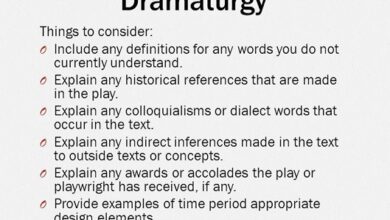What is Code different definitions and types of codes
Code
Code is a masculine noun. The term comes from the Latin codex , meaning “book, chiefly of laws”, which originally defined the “trunk of a tree“. Only at the beginning of the 19th century did the term gain the definition of “secret writing”.
The meaning of Code changes depending on the context in which the word is found, and may appear in the area of Biology, in Portuguese, in Communication, in language, etc.
What is code in law, for example, is considered one of the most important and known meanings for the word. It is, in this case, the “collection of laws, provisions or regulations on any matter”. This is what is seen in the Penal Code, Civil Code, among others.
Still another definition of code addresses the collection of precepts or norms of behavior. Examples are: the code of conduct that companies use, as well as the code of ethics and the code of honor.
Different definitions of codes
Code samples
The following are code examples:
- human languages. Like Spanish, Chinese, Greek, English or French.
- artificial codes. Such as deaf-mute language, morse code, or binary code .
- public signs. Like traffic signals.
Encoding and decoding
The code works, as we said before, in two reciprocal ways:
- Coding. The sender of the message codifies the meaning by inscribing it in the code, that is, by composing it.
- Decoding. The receiver or receivers must decode the message to have access to it.
For example, when we speak to someone in English, we must compose the messages we want to say in said code or language, and when our listener receives them, they must decode that message based on their knowledge of English. The latter is important: the ability to access the message depends on the recipients’ knowledge of the code .
The codes are part of the communication between people that can be symbolic or not. Without them, communication would be very difficult or almost impossible to achieve. In written and spoken language, codes are part of the language .
The codes are not only oral and written. They can also be made up of numbers, signs or symbols, such as the Morse code, which is used with lines and dots that represent the different letters of the alphabet, or Braille, which allows the blind to read using their fingertips.
binary codes
Binary codes are those used in computers . They belong to programming and are always made up of zeros and ones which, placed in a certain order, allow the software to work and the computer to do its job.
genetic
Genetic coding is used in science to obtain information about the genes that any individual has in their cells.
barcodes
We have all seen these types of codes at some point. They are in the packages. Each vertical bar, with which it is represented, means a figure that is later translated into the value of each product.
Postal Code
The postal code is the most recognized worldwide and is used to indicate the location of any address. This is generally used by postal services to speed up the organization of the delivery of packages that reach all parts of the world through parcels.
Linguistic
They are the signs that are used to send a message . They can be written or oral depending on the need and are always associated with the language of each particular region. It is used for different speeches, conferences and also in songs and in instructions of all kinds.
non-linguistic
They are the codes that make communication possible without the need to use language . An example is the billboards found in the streets, the lights of the traffic lights that have an implicit meaning or the gestures that, on many occasions, say more than a thousand words.
Acoustic
It is known as the auditory non-linguistic code and is used in Catholic churches where bells are rung to send messages. An example that we all have at hand of an acoustic code is the sound of the house bells that indicate that there is someone waiting to be attended.
Extralinguistic
In this type of codes neither written nor verbal language is used . But when using the communication channel, sounds are produced that are perceptible by the ear and that we know have a certain meaning, such as the braking of a car or the noise made by electronic elements.
logical
They are the ones that appeal to the intelligence of man and his intellectual level, such as the codes of laws such as civil and criminal laws or the aesthetic ones referring to art in general.



